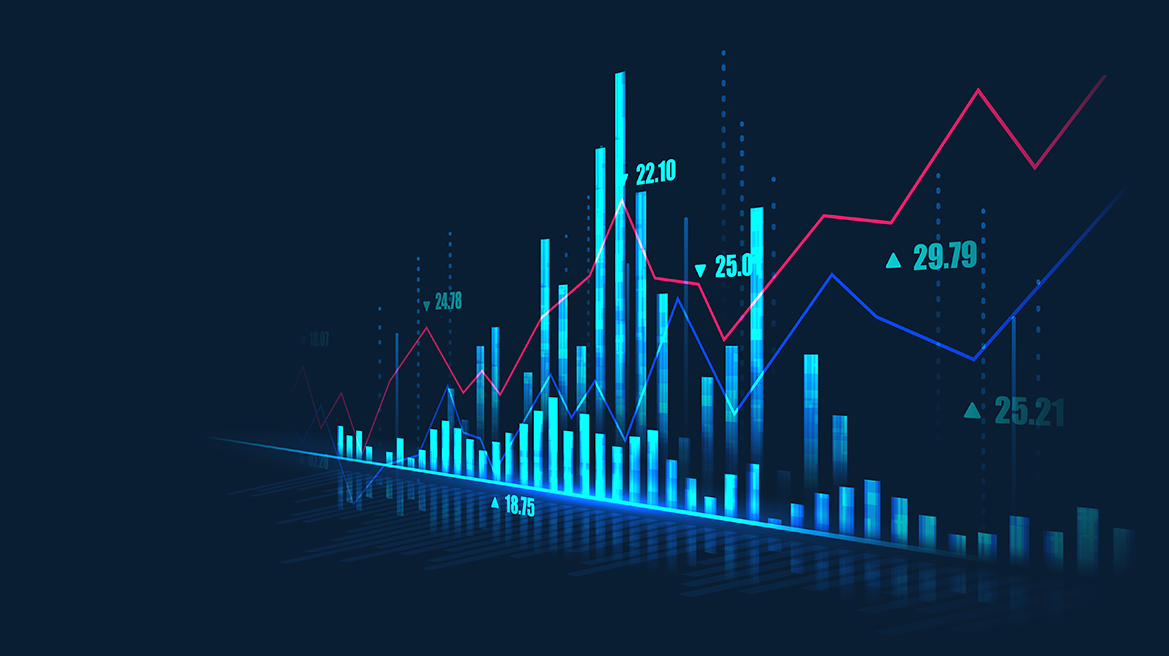
How Does the Stock Market Work?

Are you spending most of the time beating your mind out and wondering how the stock market works?
Well, you can have a rest now because we’ll impart everything you need to know about stock markets and how investing in stocks works.
Understanding the Stock Market
We were all beginners once, lost and confused while we’re still at the boundaries of the trade environment, but before putting our hands on the real edge-of-our-seat topic of how the stock market works, we need to define the stock and the stock market.
A stock represents the ownership of shares in a company, where the people owning these shares are called shareholders, who take advantage of receiving a percentage of the company’s assets and earnings.
These stocks are bought and sold on the stock market, bringing together buyers and sellers of shares in publicly traded companies. In general, the stock market encompasses bonds, mutual funds, exchange-traded funds (ETFs), and other securities beyond just stocks.
In the past, these trades were executed by stockbrokers, and the stock market was a mosh pit of blue-coated traders. However, the stock market operates the same way it did 50 years ago.
Nevertheless, computer automation has made a shift in trading, allowing most activities to occur online. In other words, portfolios can be managed and trades can be applied by individual investors through advanced trading platforms and apps.
If you’re interested in joining the Trade World, you can easily start with Wealthface with just $1.
To sum up, the stock market is the place where buyers and sellers trade stocks listed on a particular exchange. The stocks are issued by companies to raise money or increase their profits. The first shares are issued by a company through an initial public offering, or IPO.

What’s the difference between a stock market and a stock exchange?
Confusion between stock markets and stock exchanges is not only limited to beginners, some traders who have spent some time dealing with stocks still have no clear distinction between the two terms.
However, while these terms might look similar, the stock exchange can be looked at as a part of a whole, where the stock market embraces many stock exchanges, such as the Nasdaq and the New York Stock Exchange (NYSE).
Thus, the performance of the stock market is actually referred to the thousands of stocks of public companies listed on multiple stock exchanges.
In fact, there are 60 stock exchanges, and the vast majority of stocks are listed on just one stock exchange. Significantly, the NYSE has 18,486 listed stocks, representing almost $30 trillion in market cap.
Check the largest and most important stock exchanges:
| Name | Location | Market Capitalization |
| New York Stock Exchange (NYSE) | USA | 24.49 Trillion $ |
| NASDAQ | USA | 19.34 Trillion $ |
| Shanghai Stock Exchange (SSE) | CHINA | 6.5 Trillion $ |
| Hong Kong Stock Exchange (SEHK) | CHINA | 6.48 Trillion $ |
| Japan Exchange Group | Japan | 6.35 Trillion $ |
NYSE Market Hours
Monday to Friday
9:30 AM till 4:00 PM
How are stock prices indicated?
Stock markets can sometimes look like auctions, where buyers announce the highest price they’re willing to pay, known as the bid, and potential sellers name the lowest price they’re willing to accept, known as the ask. The difference, called the bid-ask spread, decides the actual execution of a trade price.
Consequently, and like any other market, the stock price is determined according to the laws of supply and demand.
In addition to demand and supply, there are other factors involved in determining the stock price:
- Revenu Growth
- Historical Price
- Earnings per share
- Price/ Earnings ratio
- Dividends
How does investing in stocks work?
Investing in stocks has become easier than before with the technologies available in the market. Previously, you would have needed a broker to manage your portfolio and execute your trades, charging you high fees and a large commission percentage.
Recently, trading stocks through an online account,which you can open within minutes, became possible. The best part about online trading is the low fees requested in addition to the flat per-trade commission fee for any stock purchase that can reach 0% with a few investment platforms.
Wealthface offers instant and seamless trading with 0% commission.
It’s tempting how stock trading for beginners has become smart and advanced, and that’s due to the revolutionary robo-advisors. We’re talking about automated investing, which allows you to build a diversified portfolio of stocks and ETFs, based on your investment goals and risk preferences.
Based on what’s mentioned above, stocks can be traded easily through the following steps:
1- Find the best stocks app for beginners, which offers a user-friendly experience and easy access to market updates.
2- Create a trade account on platforms providing the most competitive features, at the lowest fees and commissions.
3- Fund your account through a variety of payment methods.
4- Use technological innovations, such as stock screening tools including AI and quantitative analysis, to outperform the market with your smart trading.
Download the Wealthface Trade App
The Bottom Line
Understanding how the stock market works is the first step towards a huge and diverse universe. Generally, stocks can be a valuable part of your investment portfolio while granting you a large potential to grow your money.
Moreover, buying a variety of stocks in different companies can help you increase your savings, protect your money from inflation and taxes, and maximize your profits.
You can start your trading experience with Wealthface with minimum risk.




